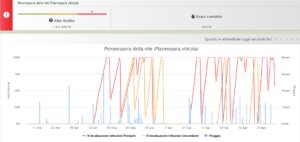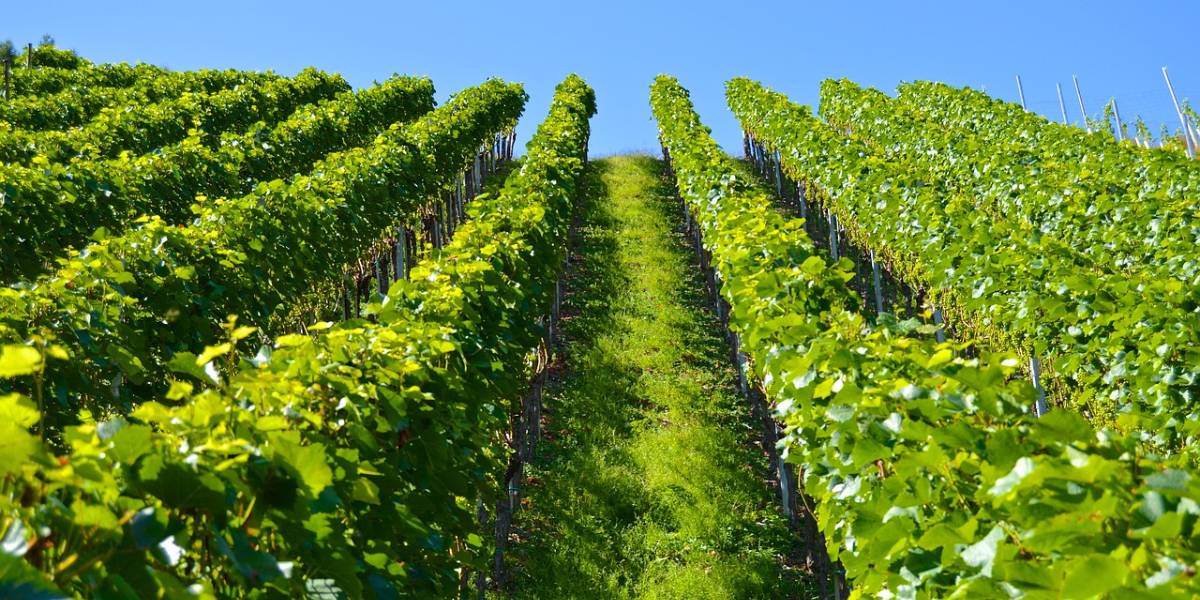The spread of phytopathies in the vineyard is influenced by both agronomic management (fertilization and irrigation, type of soil) and climatic conditions.
It is possible to influence crop conditions by applying different cultivation strategies to create an environment which is unfavourable to the pathogen but, unfortunately, there is no possibility of “modifying” the climate.
Predicting the occurrence of a phytopathy in advance allows farmers to safeguard production and improve quality by taking into account the actual course of the disease. This is why defence forecast models are becoming an essential tool in the fight against diseases and harmful pests.
The farmer’s final decision
Before describing defence models for the vineyard, let us look again at the concept of forecast model and how it is constructed. These tools translate the links established between the crop, the adverse events and the surrounding environment into mathematical equations.
In-depth knowledge of the pathogen is therefore required, as well as weather data on precipitation, temperature, humidity and rainfall to estimate the appearance of a disease and its development.
Defending the vineyard with GrapeDSS
GrapeDSS provides the farmer with defence forecast models for: Downy mildew, Grapevine moth, Powdery Mildew and Grey mould.
Downy mildew. Simulations are provided for primary infections, derived from infectious rainfall, and secondary infections based on the registration of meteorological and crop related parameters. Depending on the level of risk, the model suggests the type of treatment to be carried out.

Forecasting defense model for Downy mildew in GrapeDSS
Grapevine moth. The phenological model is able to simulate the development of the various generations that occur during the season and the progression of the various phases within them.
Powdery mildew. The model provides indications of the risk of the development of this phytopathy (Uncinula necator) by estimating a daily probability of infection (expressed in %) based on the temperatures measured.
Depending on the risk level, the model suggests the type of treatment to be carried out and the time span in-between treatments.
Grey mould. The model estimates the risk of infection before it occurs and recommends the type of treatment to be carried out, based on hourly weather data from the stations.
The defence models also interact with registered treatments: it shows the number of days the crop remains protected, depending on the product used.
The farmer’s final decision
Crop protection management plays a key role in the final production and forecast models often represent a crucial support to decision-making in this process.
The alerts indicated by the models must be compared with the farm reality, according to the professional experience of technicians and farmers, and integrated with the data collected in the field: this is why we remind you that these tools do not replace the judgement of a technician, but represent a valuable ally to simplify the work and optimize the use of plant-protection products.






